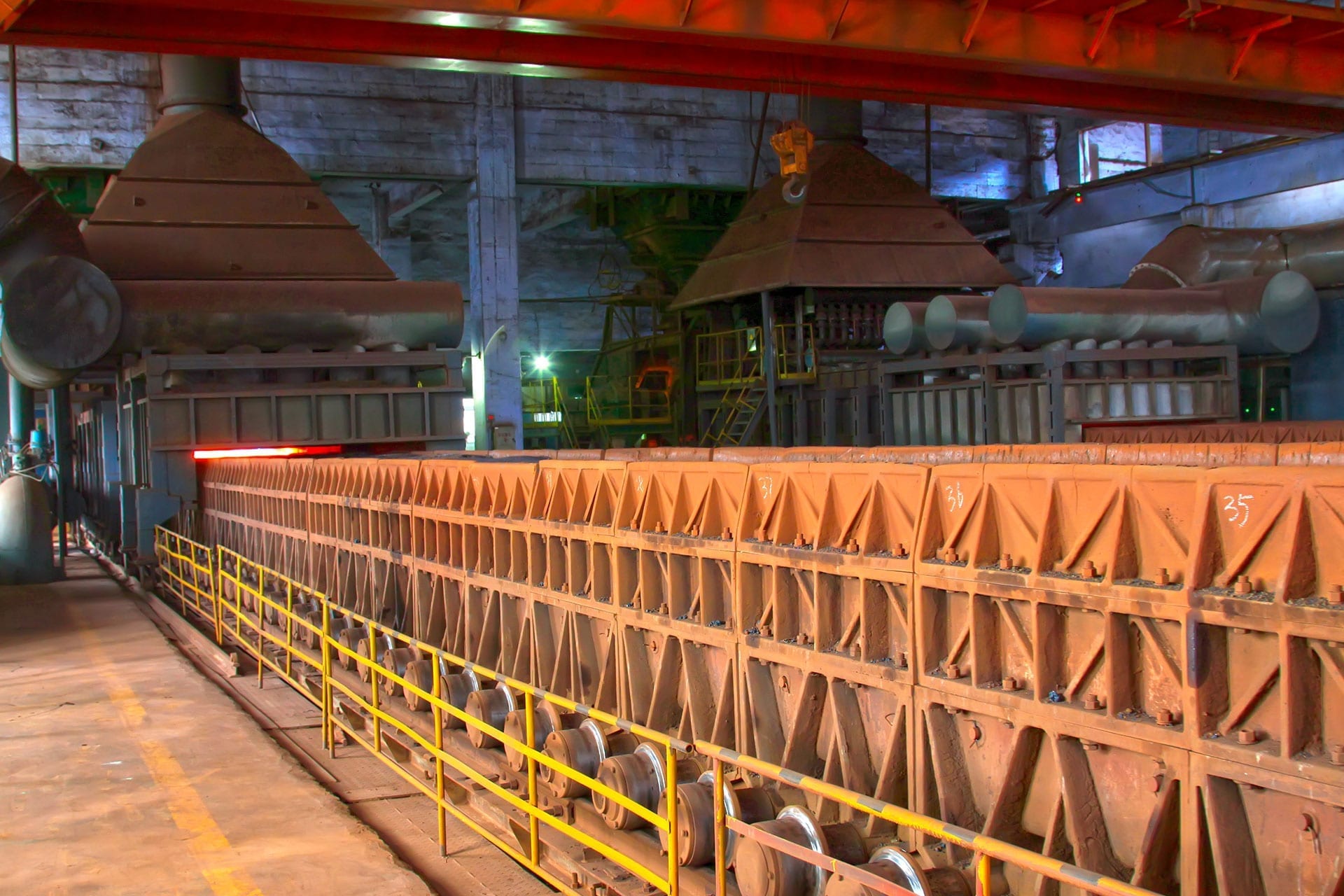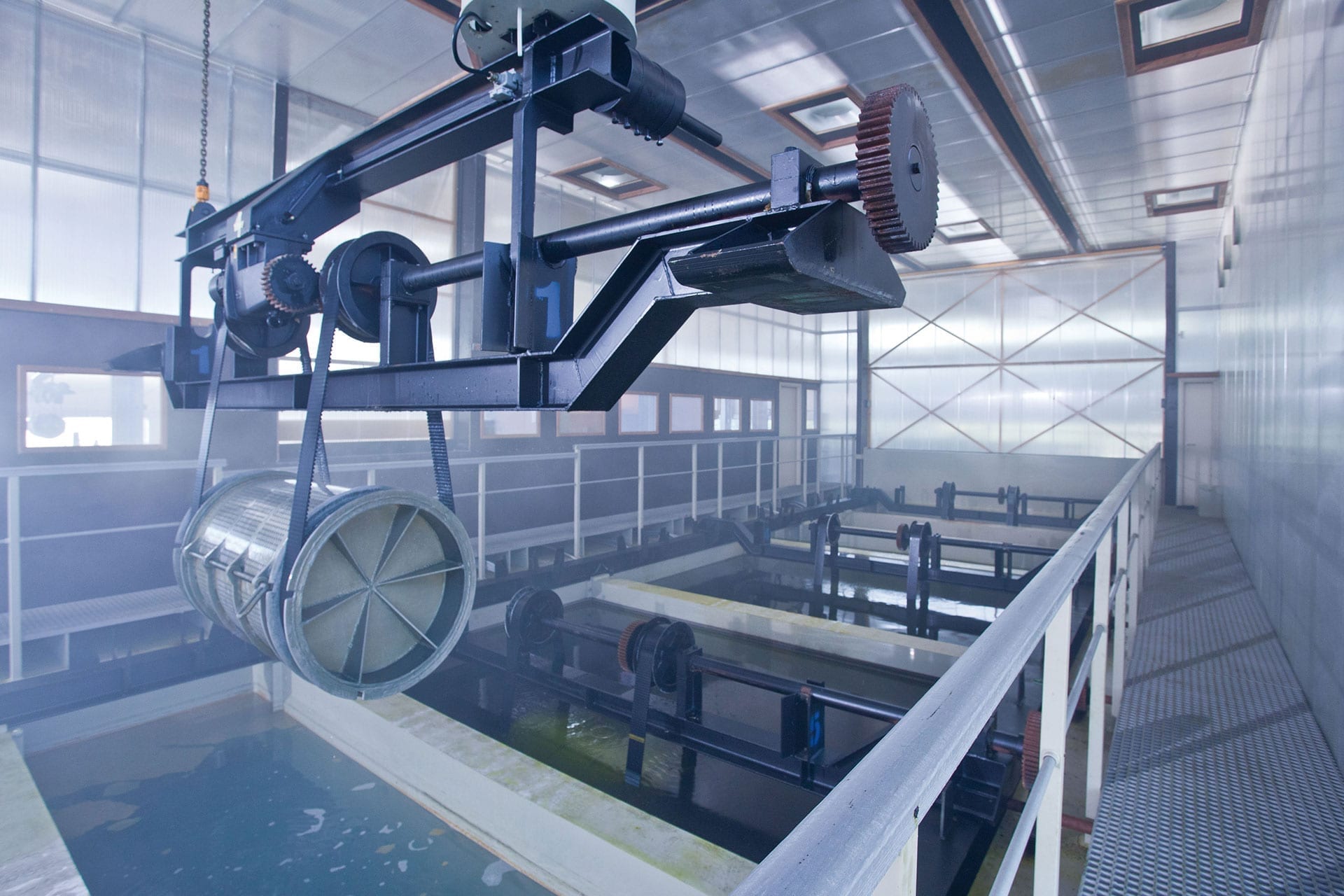Safety in the coking plant - withwith systems from PIEPER
The heart of a coking plant is the oven battery. Up to 100 closely spaced oven chambers are filled with hard coal via the wagon travelling on the ceiling. Heating trains located between the chambers ensure that the coal is continuously heated to over 1,000 °C. The coal is then burnt in the oven. After the burning process, the glowing coke is pushed into a quenching car and driven to the quenching tower for rapid cooling. Safety should be particularly monitored during these processes, and with the individual systems from PIEPER this is possible in a fully automated way.
OVERVIEW CAMERAS
Process monitoring, which focuses on detailed monitoring and evaluation within a production chain, should not disregard visual observation of the complete plant. For this purpose, overview cameras are installed in such a way that they provide an overall picture of the running production. The images generated in this way reach the control centre via live stream, so that incipient malfunctions can be detected at an early stage.
In addition to avoiding cost-intensive production stoppages, the environment also benefits here: a defective filter system, for example, can be detected more quickly, as a change in the colour of the exhaust gas often already indicates this. The control room can thus take immediate action and counteract dangers.
At the same time, the use of overview cameras increases occupational safety for the skilled personnel working directly on the equipment: The early detection of a malfunction, which the employee on site may not even be able to perceive, reduces the risk of an accident to a minimum.

CONTROL OF THE FILLING OPENINGS
One or more furnace probes mounted on the charging trolley observe the openings on the ceiling of the oven; thus, the filling level of an individual coke oven can be checked at any time . This simplifies and speeds up the process and at the same time makes it safer for the employees, who no longer have to observe the filling level in the immediate vicinity of the oven when it is very hot. In addition, the furnace probes continuously check the openings for possible caking, which makes it difficult to fill the chambers.

QUENCHING CAR
One potential hazard in a coking plant is unevenly extinguished coke. When the hot coke is transported to the cooling ramp on the extinguishing truck, critical pockets of embers can arise. Depending on the requirements, a visual or thermographic solution - ideally a combination of both for the greatest possible safe overview - can be used to specifically search for such nests.
The visual cameras are set and integrated in the software so that they send an alarm in the event of defined colour deviations of the embers. Thermal cameras record and evaluate the temperature of the coke; if a temperature limit is exceeded, an alarm is also sent to the control centre.
In this way, the operator can react to a potential hazard at an early stage and, for example, move extinguishing monitors to the appropriate location to prevent a fire. The ember is cooled and the coke can be transported directly to the blast furnace or the coke store without delay.














